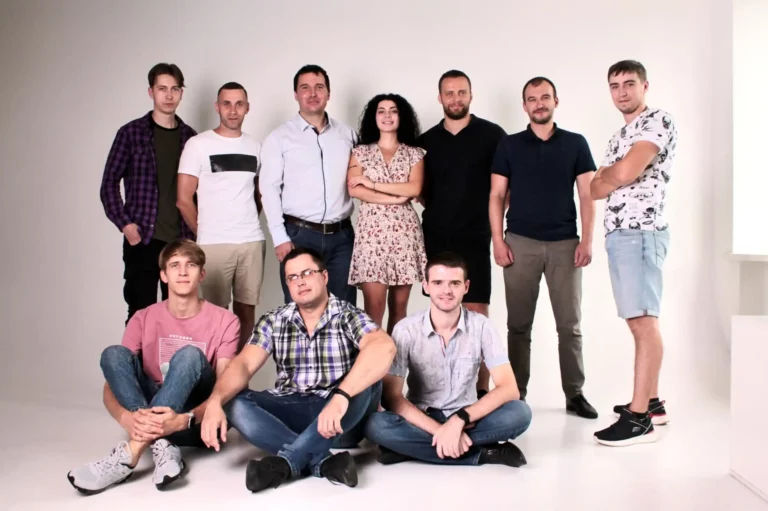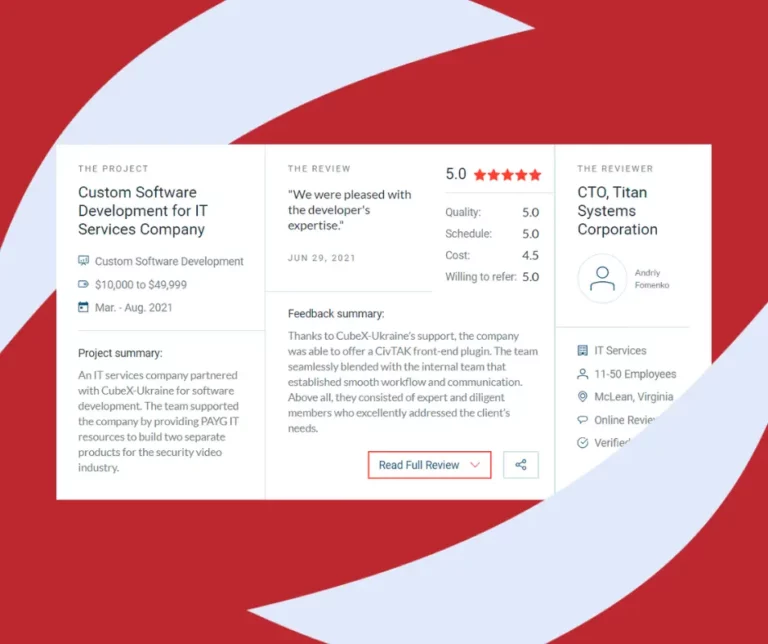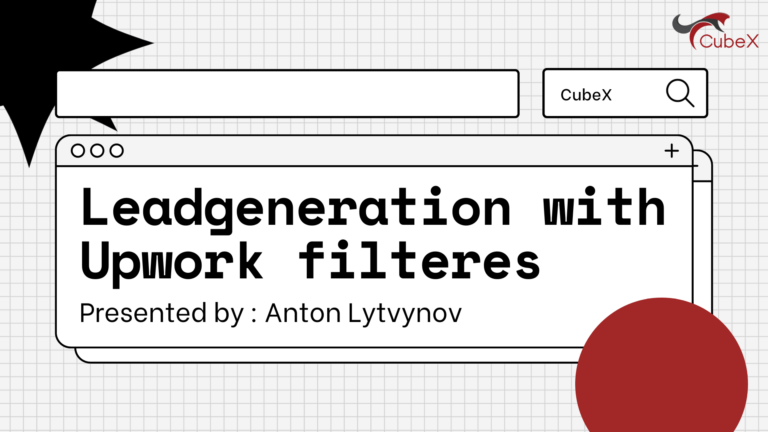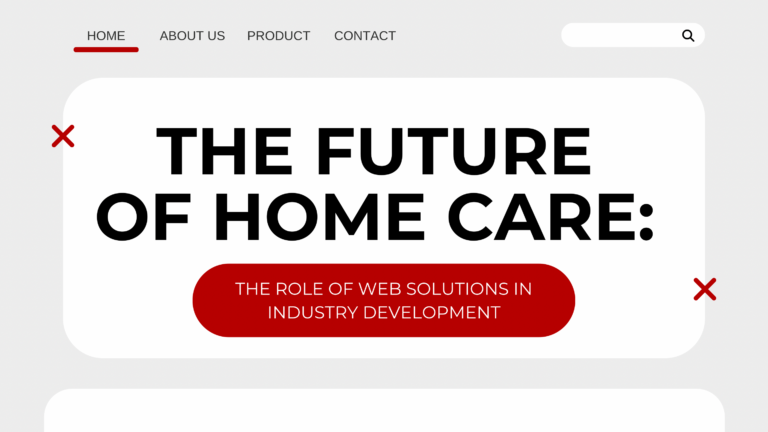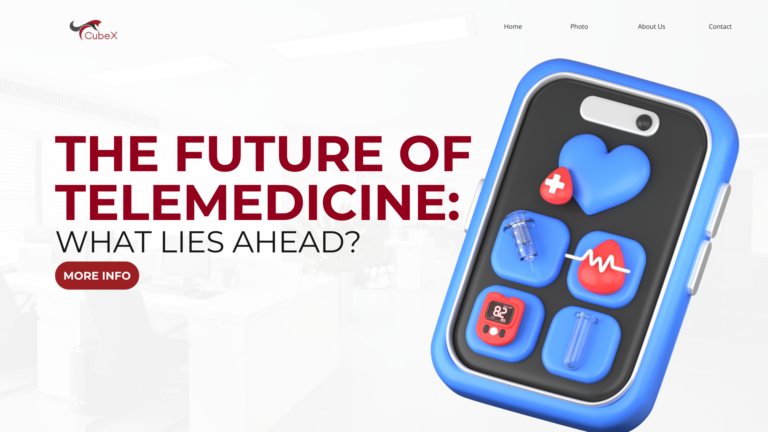Transferring images to your applicationTrans

In today’s interconnected digital landscape, the seamless transfer and display of images within web applications are crucial. However, developers often encounter challenges when dealing with incompatible data streams, leading to frustration and delays in achieving desired functionality. In this article, we’ll delve into a recent problem I faced and the step-by-step approach I took to overcome it.

Introduction and Problem Statement
The journey began with a simple yet persistent issue: the inability to effectively transfer images to my application due to incompatible data streams. Despite numerous attempts, I found myself struggling to display or read images accurately, hampering the overall user experience.
Attempted Solutions and Frustrations
Initial attempts at image transfer proved futile, as API responses returned binary data, complicating the integration process. This roadblock prompted further exploration into alternative solutions, leading to the discovery of Axios, a powerful JavaScript library for making HTTP requests.
Solution Approach with Axios
Utilizing Axios, I focused on defining specific headers and response types to streamline the image transfer process. By setting the content type as ‘application/octet-stream’ and the response type as ‘arraybuffer’, I effectively managed to handle binary data and ensure compatibility with my application.
Processing Binary Data
The key to successful image transfer lay in effectively processing binary data. I outlined detailed steps for converting binary data into a readable format and implementing chunking techniques for efficient processing. By concatenating chunks into a new array and leveraging sets to store unique data, I maximized performance and minimized resource consumption.
Conclusion and Assistance Offer
In conclusion, overcoming image transfer challenges necessitated a systematic approach and a willingness to explore innovative solutions. By creating a block for processed data and generating temporary URLs for access, I successfully resolved the issue at hand.
I extend an open invitation to fellow developers facing similar challenges, offering assistance and support in navigating the complexities of image transfer within web applications. Together, we can overcome obstacles and elevate the user experience in our digital endeavors.
In summary, handling binary data effectively is essential for seamless image transfer in web applications. By implementing the strategies outlined above, developers can overcome challenges and ensure smooth functionality, ultimately enhancing user satisfaction and engagement.
Contact Us
Please contact us for any further information

